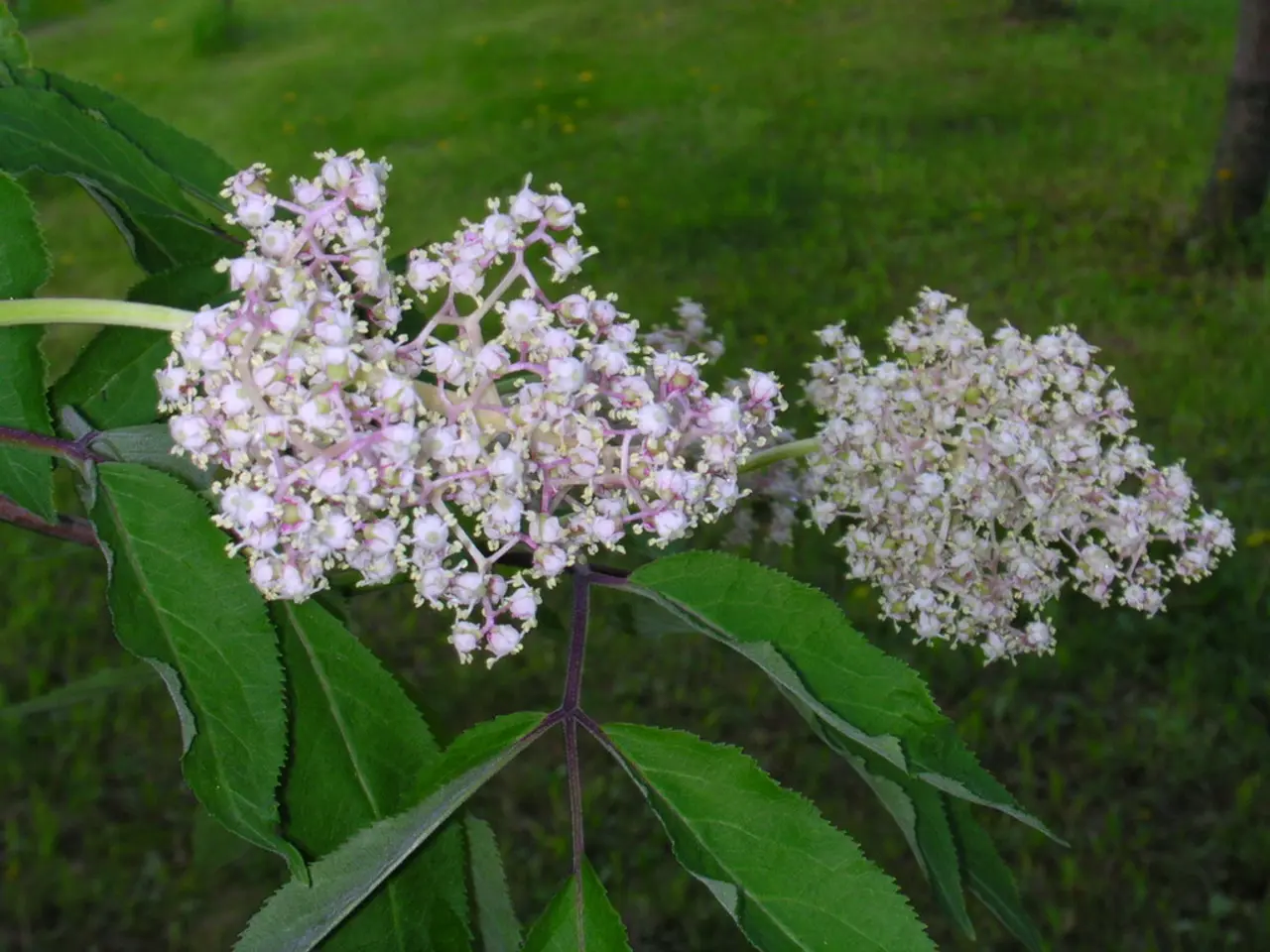Limb Pain (Claudication): Discovering Signs, Causes, and Remedies
Claudication, derived from the Latin word 'claudicare' meaning limp, is a common symptom of peripheral artery disease (PAD). This condition, which affects the blood vessels in the legs, can lead to a range of discomforting sensations during physical activity, such as pain, cramping, weakness, tiredness, aching, burning, heaviness, or a 'dead weight' feeling.
The risk of developing claudication increases with age, particularly between 45 and 75 years, with the highest risk being from 65 to 75 years of age. Men are twice as likely as women to experience claudication.
Smoking promotes harmful blood clotting and raises blood pressure, while a sedentary lifestyle, obesity, high blood pressure, diabetes mellitus, high cholesterol, a family history or genetic predisposition, and living with untreated conditions can all worsen claudication symptoms or increase the risk of developing the condition.
Fortunately, there are several strategies to manage and improve claudication. Moderate exercise can address underlying problems that worsen symptoms, such as inactivity, diabetes, high blood pressure, and obesity. Exercise, particularly frequent and moderate, can increase walking distance and reduce pain in people with claudication.
Compression stockings or devices can improve blood and lymph circulation to ease symptoms of claudication. In some cases, medical interventions such as angioplasty, bypass surgery, or the use of stents may be necessary to open constricted arteries or create temporary detours for blood to travel around the impacted area.
Medications, such as antiplatelet drugs like aspirin, clopidogrel, or cilostazol, may help prevent blood platelets from clumping into clots or plaques and growing. Supplements and nutrients, such as omega-3 fatty acids, vitamin E, and garlic, may help reduce the severity or progression of claudication symptoms.
A healthful diet, rich in vegetables, fruits, whole grains, and unsaturated fats from low-fat dairy products, nuts, seeds, and fish, can usually improve cholesterol and blood pressure levels. Quitting smoking may slow disease progression and increase walking distance in people with conditions that cause claudication, such as PAD.
However, if left untreated, claudication due to PAD is a progressive condition that can threaten limb viability and significantly impact cardiovascular health. Key complications include chronic pain and disability, critical limb ischemia, non-healing wounds and infections, tissue damage and limb loss, increased risk of blood clots, overall decreased mobility, and an increased risk of heart attack or stroke.
Early diagnosis and comprehensive management are crucial in preventing these severe and disabling complications. If you are experiencing symptoms of claudication, it is essential to consult with a healthcare professional immediately.
- Chronic kidney disease, a type of chronic disease, can be one of the medical conditions exacerbated by the lack of treatment for claudication.
- The science of fitness and exercise highlights the potential of moderate exercise in reducing pain and improving walking distance for individuals with claudication.
- CBD, a popular supplement, is not typically associated with managing claudication symptoms, but it might offer aid in addressing mental health issues that may coexist with chronic diseases like claudication.
- Obesity, high blood pressure, diabetes mellitus, high cholesterol, sedentary lifestyle, family history, and untreated medical conditions are factors that can worsen claudication symptoms or increase the risk of developing the condition.
- Pain management strategies for claudication may include medication such as antiplatelet drugs or supplements like omega-3 fatty acids and vitamin E to reduce the severity or progression of symptoms.
- Compression stockings or devices can help improve circulation to ease the symptoms of claudication, which is a common symptom of peripheral artery disease (PAD).
- With the ability to increase walking distance and alleviate pain, maintaining fitness and embracing a healthy lifestyle encompassing nutrition, exercise, and quitting smoking can significantly contribute to better health and wellness, specifically in the management of chronic diseases like claudication.




